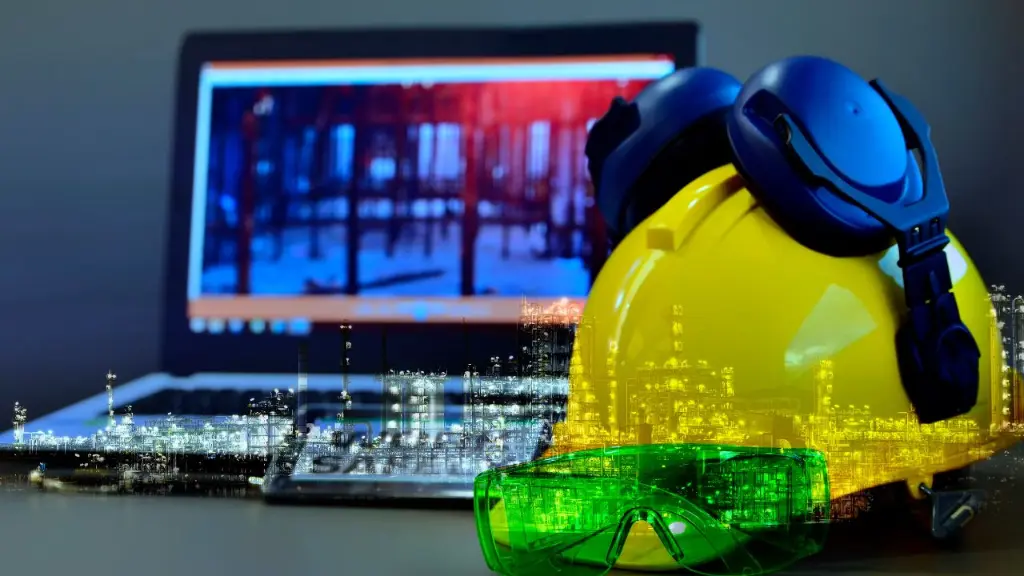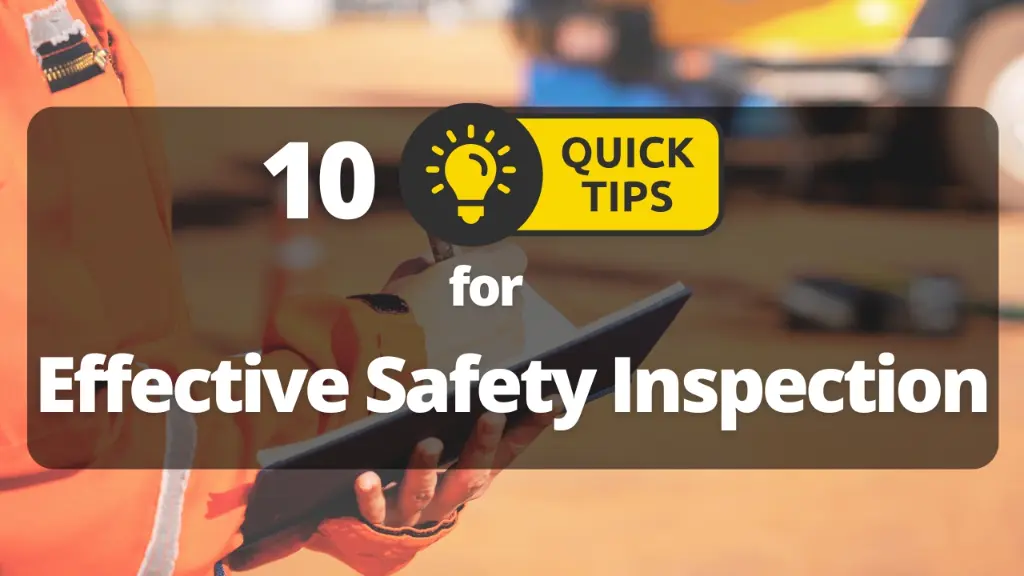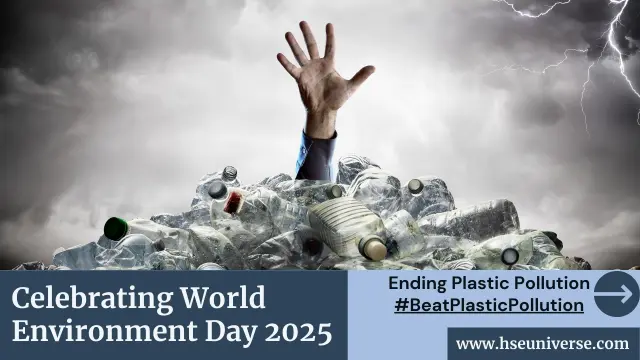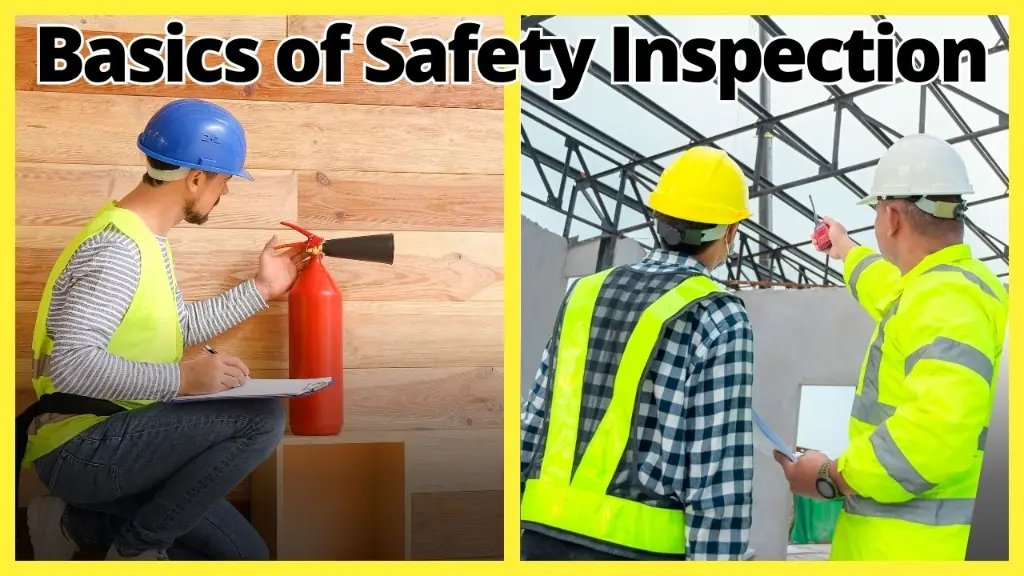Explore the future of PPE in this insightful blog post, covering key advancements in smart technology, advanced materials, and sustainable solutions. Learn how innovations in personal protective equipment are enhancing workplace safety, comfort, and compliance.
1. Introduction of the Future of PPE:
Personal Protective Equipment (PPE) has been a cornerstone of workplace safety for decades. From hard hats and safety glasses to gloves and respirators, PPE has protected millions of people worldwide.
However, as we move forward, the landscape of PPE is set to undergo significant changes, driven by advancements in technology, materials and smart systems.
2. Traditional PPE: A Brief Overview
Traditional PPE were designed to protect us from specific hazards – like helmets for head protection, gloves for hand safety and respirators for clean air.
While these tools have proven effective, they come with inherent limitations. Often, traditional PPE can be bulky, uncomfortable and not adaptable to the dynamic nature of modern work environments.
These issues can sometimes lead to non-compliance, as workers might avoid wearing uncomfortable gear, thereby increasing the risk of accidents.
3. Key Advancements in PPE:
The journey towards the next generation of PPE is driven by the need to overcome the limitations of traditional gear and enhance overall safety and efficiency in the workplace. Here are the major driving factors behind this evolution:
3.1 Worker Comfort and Compliance:
Uncomfortable PPE not only leads to poor compliance but also a safety hazard. When gear is uncomfortable or ill-fitting, users are tempted to skip it altogether, putting themselves at risk.
This is a major problem, especially for women and individuals with different body types who often find standard PPE a poor fit. It’s time we prioritized comfort and inclusivity not only in the PPE design stage (for manufacture) but also while procuring it (for organization).
Addressing these gaps not only improves safety but also promotes inclusivity in the workplace. We’ll dive deeper into this critical issue in an upcoming post.
3.2 Technological Integration:
The integration of smart technology into PPE is transforming safety gear into multifunctional devices. This shift is driven by the increasing availability and affordability of sensors, connectivity solutions and wearable technology.
3.3 Enhanced Protection:
The ever-evolving nature of workplace hazards necessitates PPE that offers superior protection. Advanced materials and innovative designs are enabling the creation of gear that is more effective at shielding workers from new and existing threats.
3.4 Sustainability:
As environmental concerns become more pressing, there is a growing demand for sustainable PPE solutions. This includes the use of eco-friendly materials and the development of products that can be recycled or reused.
4. Innovations in PPE:
4.1 Smart PPE:
The future of PPE is increasingly ‘Smart.’ Imagine a helmet that not only protects your head but also monitors your vital signs and environmental conditions.
Smart PPE integrates sensors and connectivity to provide real-time data, enhancing safety and health monitoring.
For example: IOT Based Smart Helmet allows for real-time monitoring, data collection and seamless communication. It provides users with features such as hazard detection, environmental monitoring, hands-free communication, live streaming & recording and GPS tracking etc..


Some other Smart Helmets use augmented reality technology that offers real-time data visualization, work instructions and safety information directly to the wearer.
4.2 Advanced Materials:
Innovations in materials science are leading to PPE that is lighter, more durable and more comfortable.
An example is the use of graphene in gloves, which provides superior cut resistance without sacrificing dexterity. Companies like Ansell, MCR Safety have been developing gloves using advanced materials for better protection and comfort.
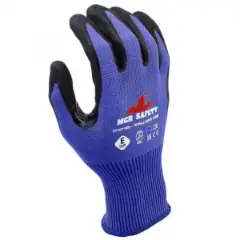
Similarly, new fabrics are being developed that offer better breathability while maintaining high levels of protection
4.3 Customization and Fit:
One-size-fits-all PPE is becoming a thing of the past. The future will see PPE that is customizable to fit individual workers perfectly, using 3D scanning and printing technologies. This not only improves comfort but also ensures maximum protection.
For instance, HP’s FitStation platform uses 3D scanning to create custom-fit insoles and footwear, ensuring maximum comfort and protection.
4.4 Augmented Reality (AR) and Virtual Reality (VR):
AR and VR are revolutionizing training and hazard recognition.
AR-enabled helmets, such as the Microsoft HoloLens, can overlay critical safety information on a worker’s field of view.
Virtual Reality (VR) platforms like EnggOnline offer immersive training environments for workers, simulating dangerous scenarios to prepare them for real-life hazards without exposure to actual risks
4.5 Sustainability:
As we push for a greener planet, PPE is also becoming more sustainable. The future will see an increase in eco-friendly materials and recycling initiatives, ensuring that PPE not only protects workers but also the environment.
Companies like Honeywell have been working on developing PPE with sustainable materials, ensuring that their products are not only protective but also environmentally friendly.
5. Real-World Applications and Benefits:
Imagine a construction site where workers’ helmets communicate with each other, alerting them to potential dangers. Or gloves that provide haptic feedback when handling hazardous materials, ensuring proper handling techniques. These advancements are not just futuristic ideas but are already in development and testing phases.
These innovations enhance overall safety, health, and efficiency for workers. By integrating smart systems and advanced materials, PPE will not only provide better protection but also improve productivity and comfort.
6. Implications for Industries and Workers:
The future of PPE means safer workplaces, fewer accidents and a higher quality of life for workers. For industries, it translates to cost savings in the long run through reduced incidents and improved efficiency.
Whether in construction, manufacturing, healthcare, or other fields, the future of PPE is bright and full of possibilities.
7. Conclusion:
As we embrace these innovations, it’s an exciting time for safety professionals and workers alike. The advancements in PPE are not just about adding high-tech features but enhancing overall safety and well-being in the workplace. Stay tuned for more updates on the latest in Health, Safety & Environment and remember to always prioritize safety.
Join me on Facebook, Linkedin, Youtube, WhatsApp & Telegram for the latest updates.
Click the link to read more topics on Safety.
